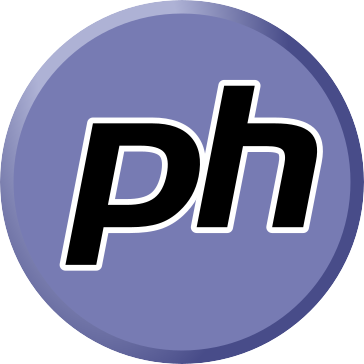

The black one is the 1x and is the tastiest of the three in my opinion. The 3x seems to be tastier than the 2x (both red), but that’s based on memory, as I haven’t tasted them side by side. We buy the 1x quite often and add some extra ingredients to it (egg, spring onions, crispy chili oil, cheese). It’s spicy, but not extremely so according to our taste, especially not with the extra ingredients.








The kernel is written in C and a bit of assembly. When support for a new language is added, that’s big news and worthy of headlines. The other languages are just there for various tools and helper scripts and are not used for kernel code, so not newsworthy by any means.